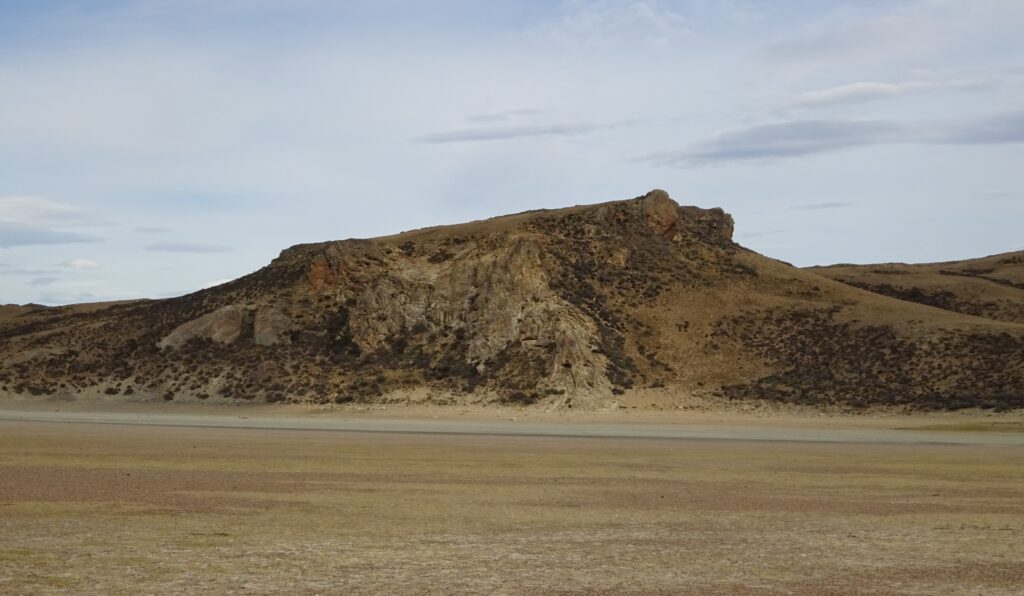

How would you characterise your experience of driving sustainability initiatives?įirst they ignore you, then they laugh at you, and they fight you, and then you win. I always observe these stages. That is also what you see in subsidies from government – be it local, regional or national – but they come in tandem with investments by private companies. We need certain economies of scale, so the cost of hydrogen needs to go down as well as the price of bio-based chemicals. It’s social innovation our role is to invest to get these people together and to share the future value.

We believe that the developments we need for the green economy rely very much on public–private partnerships. I think in nearly all the current developments we’re involved in there is an element of working with both public and private partners.įor example, the Porthos carbon capture and storage project is based on a strong public private partnership. How much are you looking to government to invest in the green economy in the Netherlands? Shell and Eneco’s CrossWind joint venture are building a large-scale offshore wind farm. The wind farm will provide the electricity to produce hydrogen through electrolysis, and hydrogen will be used in Shell’s refinery . Shell aims to have their 200 MW electrolyser to make green hydrogen operational in 2024. Our hydrogen pipeline has to be ready by then as well. This means finding an investment position in 2021 and then going into the realisation phase. How close is your hydrogen project to going on stream? Right now we are working on the development of a hydrogen infrastructure to connect these different projects and help create a market. Third, we aim to position ourselves as a ‘waste-to-value port’ to support existing industry in the transition from fossil fuels to bio-based fuels and a circular economy supply chain. Rotterdam will be a vital import port for secondary raw materials such as waste, plastic, and sustainable biomass. There are a lot of gains to be made through sustainable goals. Already, a lot is happening today in a quite conservative industry, and it will have a large-scale impact on the green economy. And the third is making production processes in the port circular.įirst, one of our milestones in infrastructure is creating an industrial-scale CO2 carbon capture and storage facility in the North Sea called Porthos . We are aiming for a final investment position in early 2022. Second, in the energy area, we expect to see large developments in hydrogen, from construction of offshore wind farms and production of green hydrogen to imports from overseas. The second is transitioning to a clean and renewable energy system. The first is reducing the CO2-emissions of the existing industry and the development of infrastructure in and around the port. This hasn’t changed because of Covid-19 the pandemic has made us even more dedicated to realising what we had already planned for. Our programme is divided into three main areas of focus, with different milestones. If you want to change things, then you need to do it with consistency and vision. The port has a clear and comprehensive strategy to become sustainable. What are some of the sustainability milestones you are working towards at the port?


 0 kommentar(er)
0 kommentar(er)
